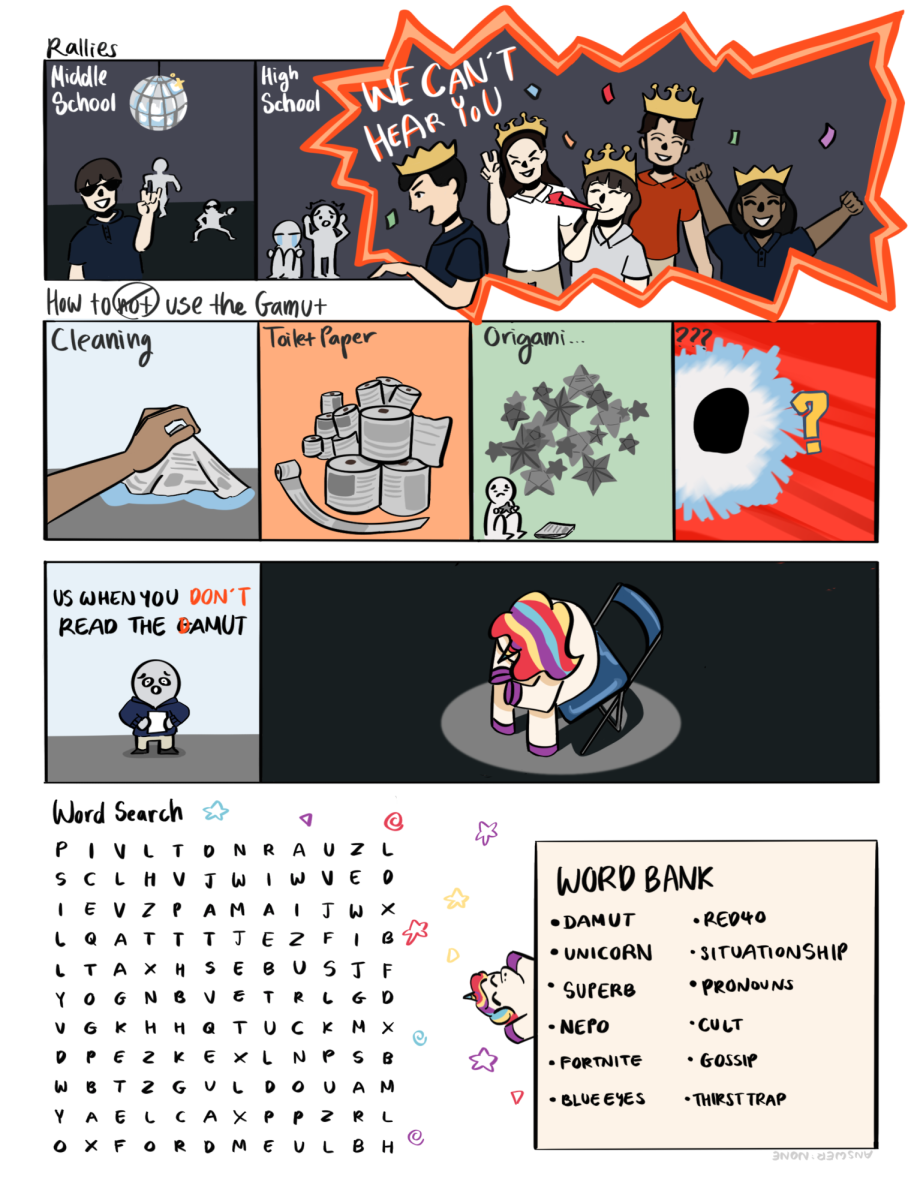The clutches of consumer culture have found their latest fixation in the form of an insulated tumbler, and no, it’s not a Hydroflask. Fans of the newest “Stanley Cup” design preach the ideals of durability and aestheticism while forgetting the value of sustainability, as they repurchase the $45 cup every time it drops in a different color.
Stanley’s “The Quencher” tumbler has been widely popularized on platforms like TikTok through videos ranging from holiday unboxings to footage of the cup surviving house fires. Quickly becoming an internet sensation, restocks for coveted versions have sold out in mere minutes but the fact is that these cups are no different from the myriad of other reusable water bottles that have been praised for their insulation in the past.
Much of this sudden growth in popularity can be attributed to the company’s use of limited editions as the phenomenon behind this tactic can be traced back to consumer FOMO: the fear of missing out. When buyers camped outside of stores for hours to collect Stanley’s “Valentine’s Day” edition, they exemplified the concept of social proof — if others covet a limited edition item, it must be worth having. The idea that owning an exclusive product can serve as a status symbol reflects society’s materialistic mania.
While Stanley prides itself on being the leader of the reusability movement, they are silently watching the craze for this cup feed into overconsumption of their products which are “Built for Life,” as they heavily profit from it. The creation of this product has also caused small businesses to create plastic straw covers, tumbler sleeves, and charms for the handle, proving that this cup is a show of wealth hiding behind the mask of sustainability.
Due to trends accompanying the cups, experts worry about what will happen when the hype dies out. Jessica Heiges, a project director at an environmental consulting firm, expresses worries about the Stanley cup, “a sustainable alternative to single-use plastic that, due to its recent popularity and subsequent mass production, has become actively harmful to the environment.” As CBC News states, even though the company claims to manufacture these tumblers to be recyclable, they can’t simply be thrown in a blue bin due to the plastic film on the inside for insulation. Even though stainless steel bottles follow a more sustainable production process as up to 60% of the material can be recycled, collectors negate the environmental benefit by repeatedly buying new cups, in which the process emits more greenhouse gasses. Furthermore, Stanley does not offer any sort of “take-back” program or recycling options that other companies, like Sephora, do with shopper’s empty product cases.
When “eco-friendly” brands uphold rampant consumerism for profit, it reveals that the efforts they put towards being sustainable ultimately hold no weight. Customers should focus on their ecological footprint rather than buying into these half-promises and getting lost in the corporate world of materialism.




























































